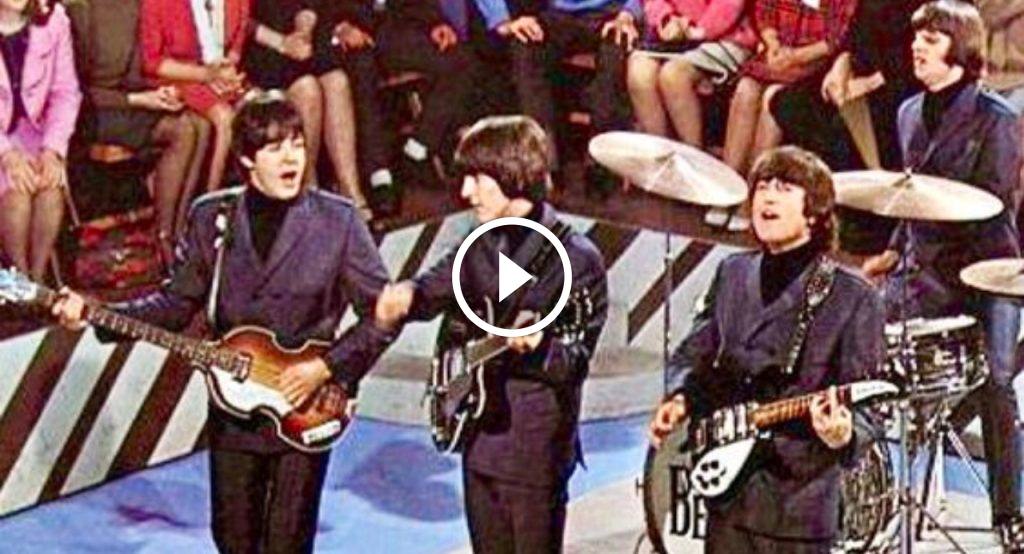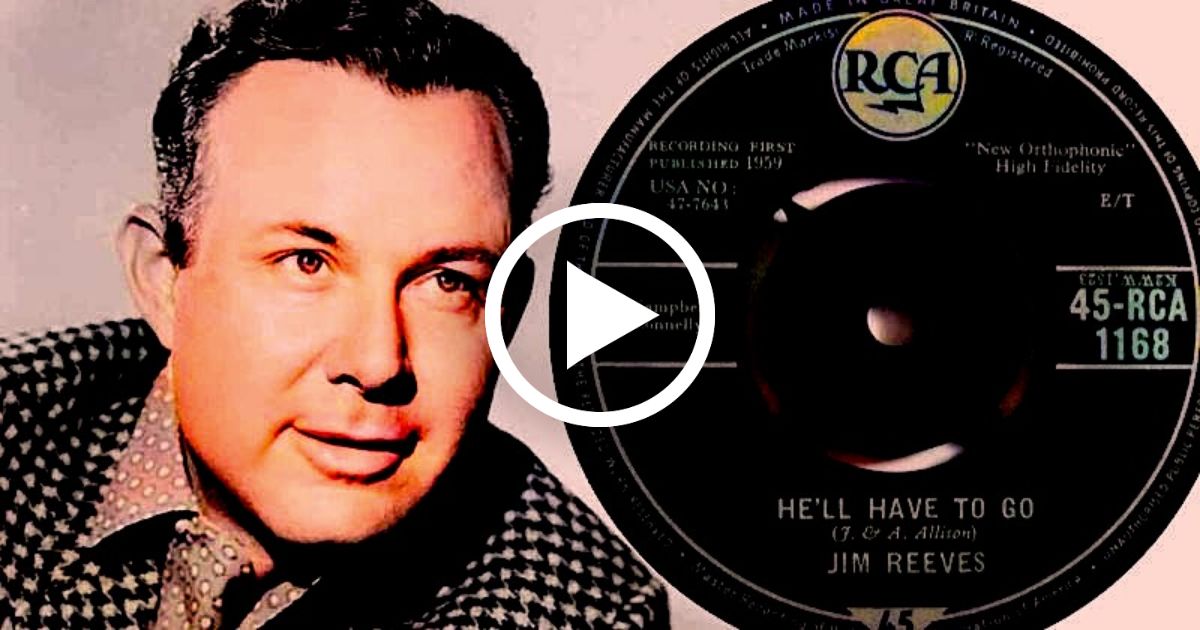
Written by: Lennon-McCartney
Recorded: 19, 20 January; 3, 10, 22 February 1967
Producer: George Martin
Engineer: Geoff Emerick
Released: 1 June 1967 (UK), 2 June 1967 (US)
Available on: Sgt Pepper’s Lonely Hearts Club Band; Anthology 2; Love
Personnel
John Lennon: vocals, acoustic guitar, piano
Paul McCartney: vocals, piano, bass
George Harrison: maracas
Ringo Starr: drums, bongos
George Martin: harmonium
Mal Evans: piano, vocals, alarm clock
Erich Gruenberg, Granville Jones, Bill Monro, Jurgen Hess, Hans Geiger, D Bradley, Lionel Bentley, David McCallum, Donald Weekes, Henry Datyner, Sidney Sax, Ernest Scott: violins
John Underwood, Gwynne Edwards, Bernard Davis, John Meek: violas
Francisco Gabarro, Dennis Vigay, Alan Dalziel, Alex Nifosi: cellos
Cyril MacArthur, Gordon Pearce: double basses
John Marston: harp
Basil Tschaikov, Jack Brymer: clarinets
Roger Lord: oboe
N Fawcett, Alfred Waters: bassoons
Clifford Seville, David Sanderman: flutes
Alan Civil, Neil Sanders: French horns
David Mason, Monty Montgomery, Harold Jackson: trumpets
Raymond Brown, Raymond Premru, T Moore: trombones
Michael Barnes: tubas
Tristan Fry: timpani, percussion
Marijke Koger: tambourine
About The Song
A Day in the Life is a song by the English rock band The Beatles that was released as the final track of their 1967 album Sgt. Pepper’s Lonely Hearts Club Band. Credited to Lennon–McCartney, the opening and closing sections of the song were mainly written by John Lennon, with Paul McCartney primarily contributing the song’s middle section. All four Beatles played a role in shaping the final arrangement of the song.
The song’s lyrics are a stream-of-consciousness reflection on a day in the life of the narrator, with images of everyday life juxtaposed with more surreal and dreamlike imagery. Lennon’s lyrics were mainly inspired by contemporary newspaper articles, including a report on the death of Guinness heir Tara Browne. McCartney’s lyrics are more introspective and personal, dealing with themes of love, loss, and the search for meaning in life.
The song is notable for its innovative and groundbreaking production, which features a wide range of instruments and effects, including a 41-piece orchestra, a Mellotron, and a feedback loop. The song’s climax features a crescendo that builds to a cacophony of noise and feedback, before suddenly cutting off into silence.
A Day in the Life is considered to be one of the greatest and most influential songs of all time. It has been praised for its innovative production, its poetic lyrics, and its emotional depth. The song has been covered by many artists over the years, including Billy Joel, Elton John, and Radiohead.
Here is a more detailed breakdown of the song’s structure:
- Introduction (Lennon): The song begins with a simple piano melody and Lennon’s vocals, which are subdued and introspective. The lyrics describe the narrator’s morning routine, including waking up, getting dressed, and having breakfast.
- Verse 1 (McCartney): The first verse introduces the song’s middle section, which is more upbeat and optimistic. The lyrics describe the narrator’s journey to work, and his observations of the people and places he encounters along the way.
- Chorus (Lennon and McCartney): The chorus is the most famous part of the song, and it is repeated several times throughout. The lyrics are a simple but effective statement about the passage of time and the inevitability of death.
- Bridge (Lennon): The bridge is a surreal and dreamlike interlude that features a variety of sound effects, including a ticking clock and a ringing alarm bell. The lyrics describe a vision of the narrator’s death, and they are some of the most haunting and evocative in the song.
- Reprise (Lennon and McCartney): The song reprises the verse-chorus-verse-chorus structure, before culminating in a chaotic crescendo that builds to a cacophony of noise and feedback. The song then suddenly cuts off into silence.
A Day in the Life is a complex and multifaceted song that can be interpreted in many different ways. It is a reflection on the meaning of life, the passage of time, and the inevitability of death. It is also a celebration of the everyday, and a testament to the power of music to transport us to other worlds.
Video
Lyrics
I read the news today, oh boy
About a lucky man who made the grade
And though the news was rather sad
Well, I just had to laugh
I saw the photographHe blew his mind out in a car;
He didn’t notice that the lights had changed
A crowd of people stood and stared
They’d seen his face before
Nobody was really sure if he was from the House of LordsI saw a film today, oh boy;
The English army had just won the war
A crowd of people turned away
But I just had to look
Having read the bookI’d love to turn you on
Woke up, fell out of bed
Dragged a comb across my head
Found my way downstairs and drank a cup
And looking up, I noticed I was lateFound my coat and grabbed my hat
Made the bus in seconds flat
Found my way upstairs and had a smoke
And somebody spoke and I went into a dreamAh I read the news today, oh boy
Four thousand holes in Blackburn, Lancashire
And though the holes were rather small
They had to count them all
Now they know how many holes it takes to fill the Albert HallI’d love to turn you on

